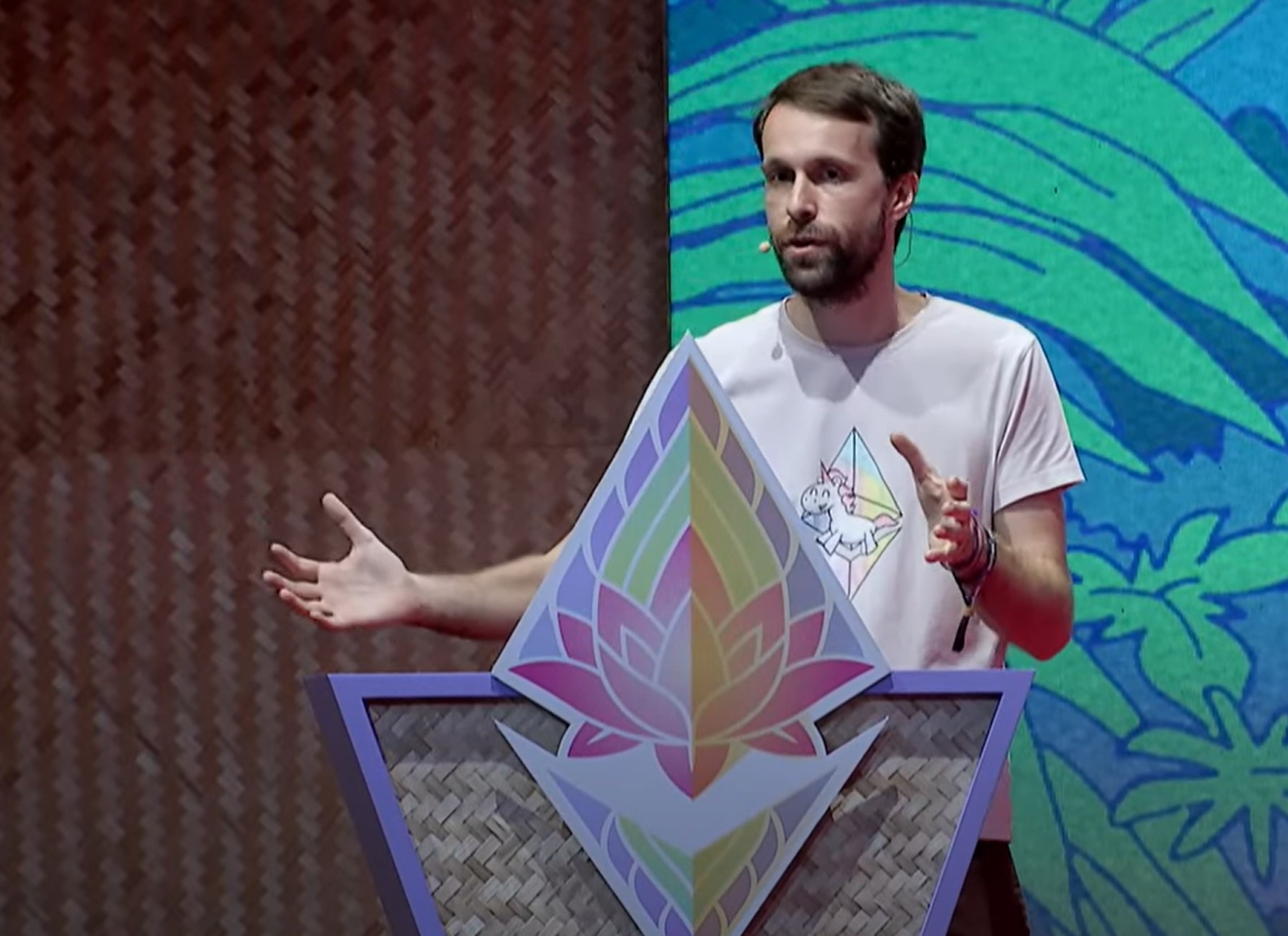
On Tuesday, at Ethereum’s Devcon in Bangkok, Ethereum Foundation researcher Justin Drake announced plans to revamp the Ethereum consensus algorithm. Drake emphasized that the current consensus algorithm, developed five years ago, requires significant updates to align with today’s technological advancements.
The new consensus layer, called “Beam Chain,” will change block production, staking, and cryptography. It will leverage the latest in zero-knowledge proofs technology, particularly zk-SNARKs, to overhaul the existing consensus layer.
With the integration of SNARKs, Ethereum developers aim to achieve four-second slot times and single-slot finality. Currently, reaching finality—ensuring the chain won’t be reorganized—is about a 15-minute process, which can be inconvenient for applications and exchanges necessitating high transaction throughput.
This upgrade will also enhance the Ethereum network’s ability to withstand the potential threat posed by quantum computing, which some reports suggest could become a reality by 2030. It also proposes lowering the minimum Ethereum staking requirement from 32 ETH to 1 ETH—a change appealing to solo stakers that could further decentralize the Ethereum network.
Drake clarified that the Beam Chain proposal will not immediately alter Ethereum or drastically change its roadmap. However, if adopted, it might reorganize the current roadmap, potentially delaying significant upgrades to around 2029, according to notable critics.
Implementing all proposed changes could take about five years, a timeline that has also raised concerns.
For context, Drake’s presentation was highly anticipated, with a packed audience eager for “big announcements." However, the event left many disappointed, offering substantial refactoring over exciting new features and with a timeline extending until 2030.
The big new feature is....
— Martin Köppelmann 🦉💳 (@koeppelmann) November 12, 2024
.... a big refactoring. Sorry @drakefjustin, but IMO Ethereum needs to be more ambitious than this. Will try to make the case for that on Friday: https://t.co/1r2Nzkp5YI
Critics have urged Ethereum to speed up its development, pointing out that Elon Musk managed to launch a rocket into space in less time than it will take the Ethereum Foundation to deploy Beam Chain.
bullish, but @drakefjustin can you and Ethereum have some urgency and accelerate the timeline significantly?
— Bowen (@zeroxbowen) November 12, 2024
Elon in 5 years shipped a rocket that can return to earth safely
you know we may reach mars before beam chain goes alive, right?
right? https://t.co/fT2rv86BMC
However, proponents of the update argue that implementing changes in a decentralized network is far more complex than in a centralized company, leaving no room for errors given the network’s management of billions in value. Thus, thorough and cautious development is logical and necessary.
While some prematurely dubbed this update Ethereum 3.0, Drake clarified that it is not a major version change but rather a cleanup of technical debt accumulated over years of Ethereum development.
Despite Devcon not delivering a unifying new goal to “make Ethereum great again,” it is clear that Ethereum developers relentlessly continue implementing changes to the network, and sometimes small, incremental steps can lead to substantial long-term achievements.

